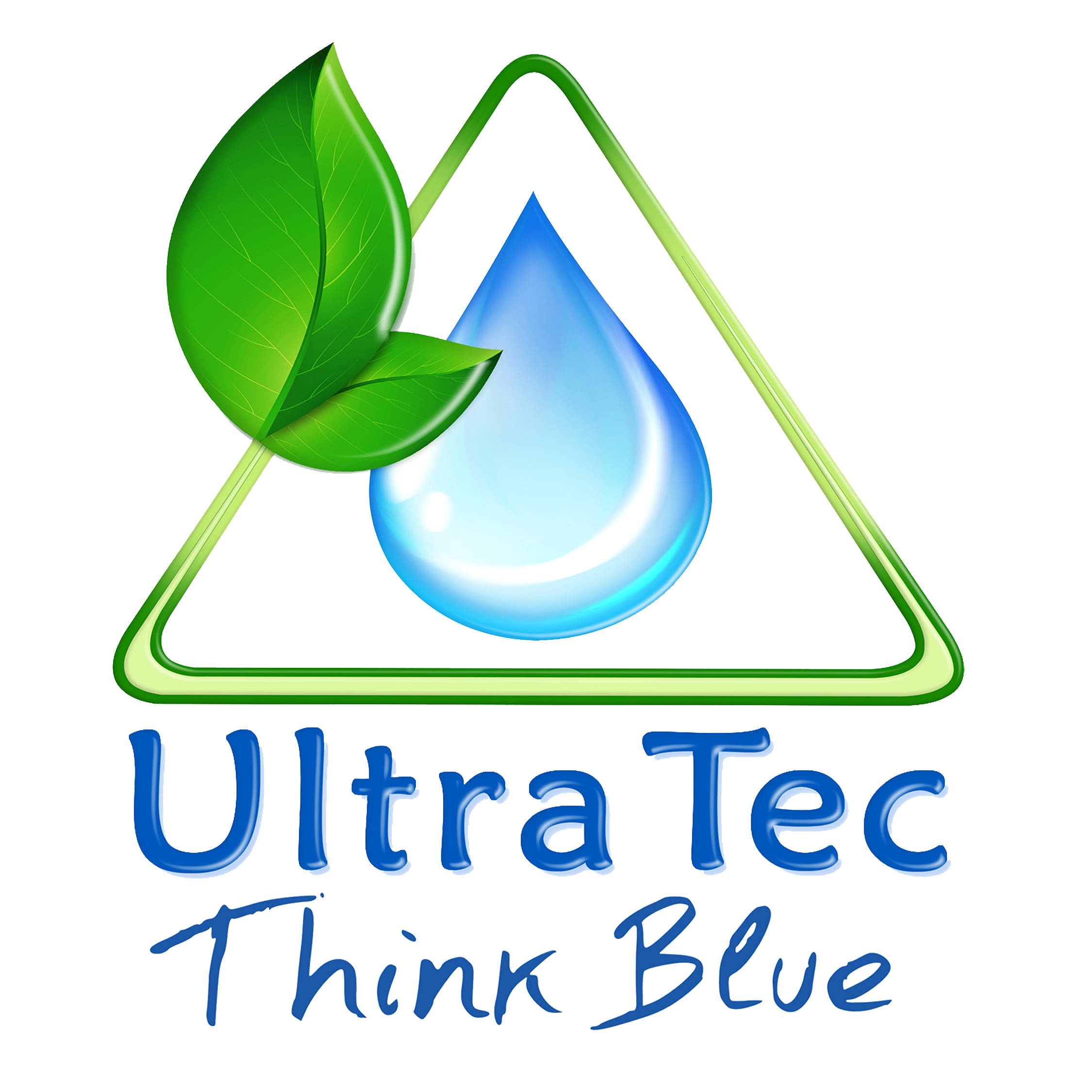Introduction to RO (Reverse Osmosis) Water Treatment Systems In UAE 2024
Introduction:
In the quest for pure and contaminant-free water, Reverse Osmosis (RO) stands out as a revolutionary water treatment technology. As concerns about water quality and safety continue to grow, understanding the basics of RO becomes essential. In this blog post, we delve into the fundamentals of water treatment systems, exploring how they work and the transformative impact they have on ensuring access to clean and safe drinking water.
What are Ro Water Treatment Systems ?
Reverse Osmosis is a water purification process that relies on a semi-permeable membrane to remove impurities, contaminants, and minerals from water. The term “reverse” osmosis indicates the reversal of the natural osmotic process, where water moves from an area of lower solute concentration to an area of higher solute concentration. In RO, we apply pressure to force water through the membrane, leaving impurities behind and obtaining a purified water output.
How Does Reverse Osmosis RO Water Treatment Work?
- Filtration Process:
– The heart of an RO system is the semi-permeable membrane. This membrane has extremely tiny pores that allow only water molecules to pass through while blocking larger molecules and contaminants.
- Pre-Filtration:
– Before reaching the membrane, water goes through pre-filtration stages to remove larger particles, sediments, and chlorine. This helps prolong the life of the RO membrane.
- Pressurization:
– Water is pressurized using a pump to overcome the natural osmotic pressure and force it through the RO membrane.
- Membrane Separation:
– The RO membrane acts as a barrier, allowing water molecules to pass through while blocking impurities like bacteria, viruses, minerals, and chemicals.
- Collection of Purified Water:
– The purified water, now free from most contaminants, is collected for consumption or storage.
Benefits of RO Water Treatment:
- Removal of Contaminants:
– RO systems effectively remove contaminants such as lead, chlorine, arsenic, nitrates, and various other impurities.
- Improved Taste and Odor:
– The filtration process enhances the taste and odor of water by eliminating unpleasant elements.
- Space-Efficient RO Water Treatment:
– RO systems are compact and can be installed under sinks or in confined spaces, providing a convenient water purification solution.
- Economical RO Water Treatment:
– Compared to bottled water, RO systems are a cost-effective and sustainable way to access purified water at home or in commercial settings.
Applications of RO Water Treatment:
- Residential Use :
In home drinking water purification, people commonly use RO systems to ensure a safe and clean water supply.
- Commercial and Industrial Applications:
– Industries rely on RO systems for various processes, including pharmaceutical production, food and beverage manufacturing, and electronics manufacturing.
- RO Water Treatment Desalination :
– RO technology plays a crucial role in desalination, converting seawater into fresh, potable water for communities in water-scarce regions.
Conclusion: Unlocking the Future of Clean Water
Reverse Osmosis has emerged as a cornerstone in the pursuit of clean, safe, and accessible water. As technology continues to advance, RO systems are becoming more efficient, affordable, and widely adopted. Understanding the principles behind RO is not only essential for those who utilize these systems but also for anyone concerned about the quality of their water supply. In the journey towards unlocking purity, Reverse Osmosis stands as a beacon of innovation, ensuring that everyone has the right to pristine water for a healthier, more sustainable future.

